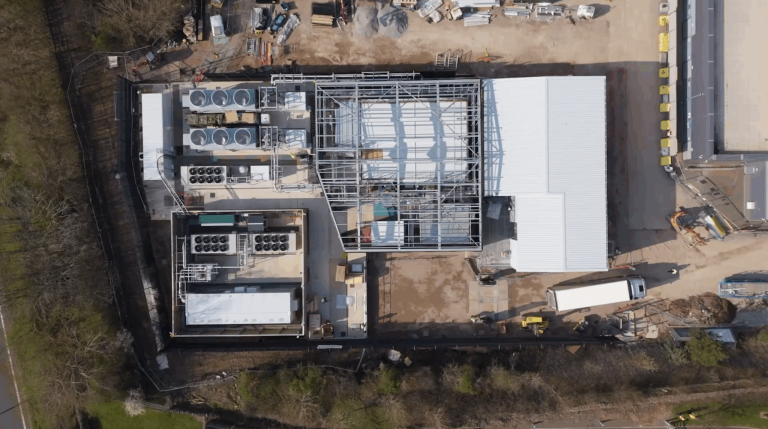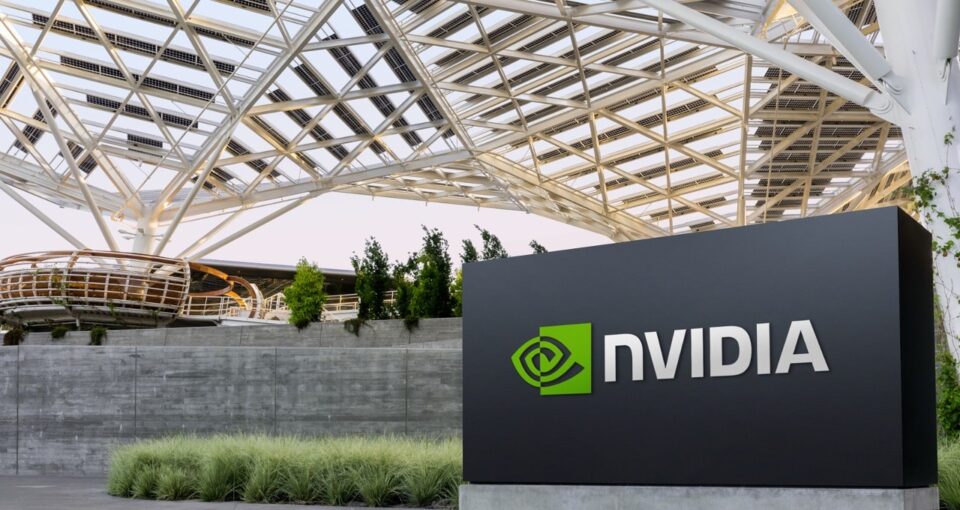The University of Bristol’s Isambard-AI, powered by NVIDIA Grace Hopper Superchips, delivers 21 exaflops of AI performance, making it the fastest system in the U.K. and among the most energy-efficient globally.
The U.K. has officially joined the premier league of global AI infrastructure — and it’s not starting small.
At a ribbon-cutting ceremony at the Bristol Centre for Supercomputing (BriCS), leaders today unveiled Isambard-AI, the most powerful AI supercomputer ever built in the U.K.
U.K. Secretary of State Peter Kyle was joined by leaders from across academia, industry and government, including Simon McIntosh-Smith, director of the Bristol Centre for Supercomputing, and Neil MacDonald, executive vice president and general manager for Hewlett Packard Enterprise’s server business.
“And as we press this switch to activate the UK’s most powerful supercomputer, we are embarking on Britain’s super future where AI contributes towards the delivery of better public services, greater public prosperity, deeper scientific discovery and stronger national security,” Kyle said.
The numbers back up Kyle’s statement:
- 21 exaflops of AI performance
- 5,448 NVIDIA GH200 Grace Hopper Superchips
- Set to rank 11th worldwide on the latest TOP500 list of world’s fastest supercomputers
- More than 10x faster than the next-fastest supercomputer in the U.K. More computing power than all other U.K. supercomputers combined
- Ranked fourth globally for energy efficiency
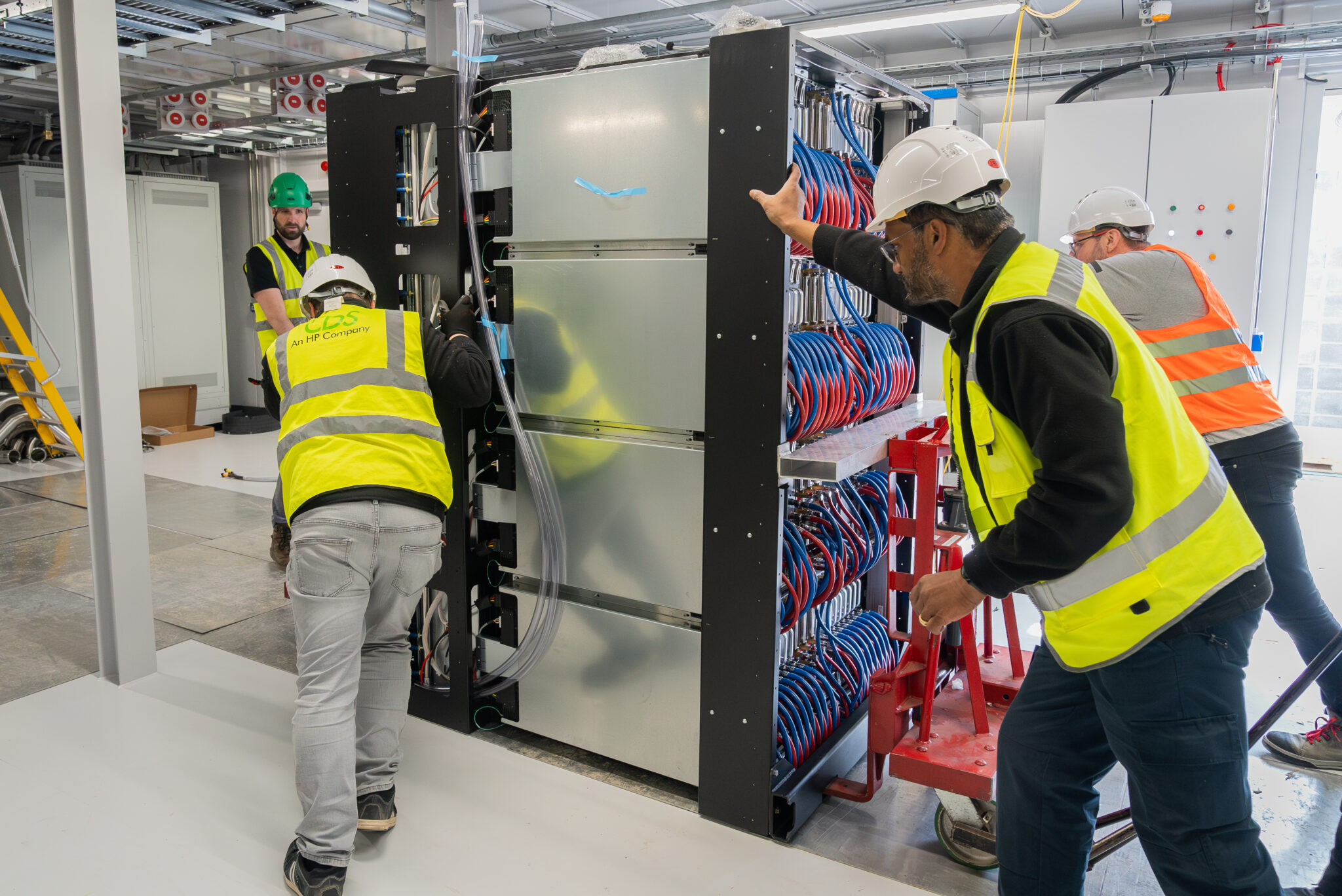
Engineering teams working collaboratively to maneuver and install components within the supercomputer’s data hall, illustrating the complex and coordinated effort behind the build.
Why It Matters
Isambard-AI gives U.K. researchers and businesses a once-in-a-generation leap in computing power. It’s a platform to accelerate breakthroughs in:
- AI-driven drug discovery
- Advanced climate modeling
- Materials science
- Large language models (LLMs) tuned to U.K. languages and laws
Backed by £225 million in government investment and built with NVIDIA, HPE, the University of Bristol and others, Isambard-AI signals a clear ambition: to lead in AI, the U.K. must lead in compute.
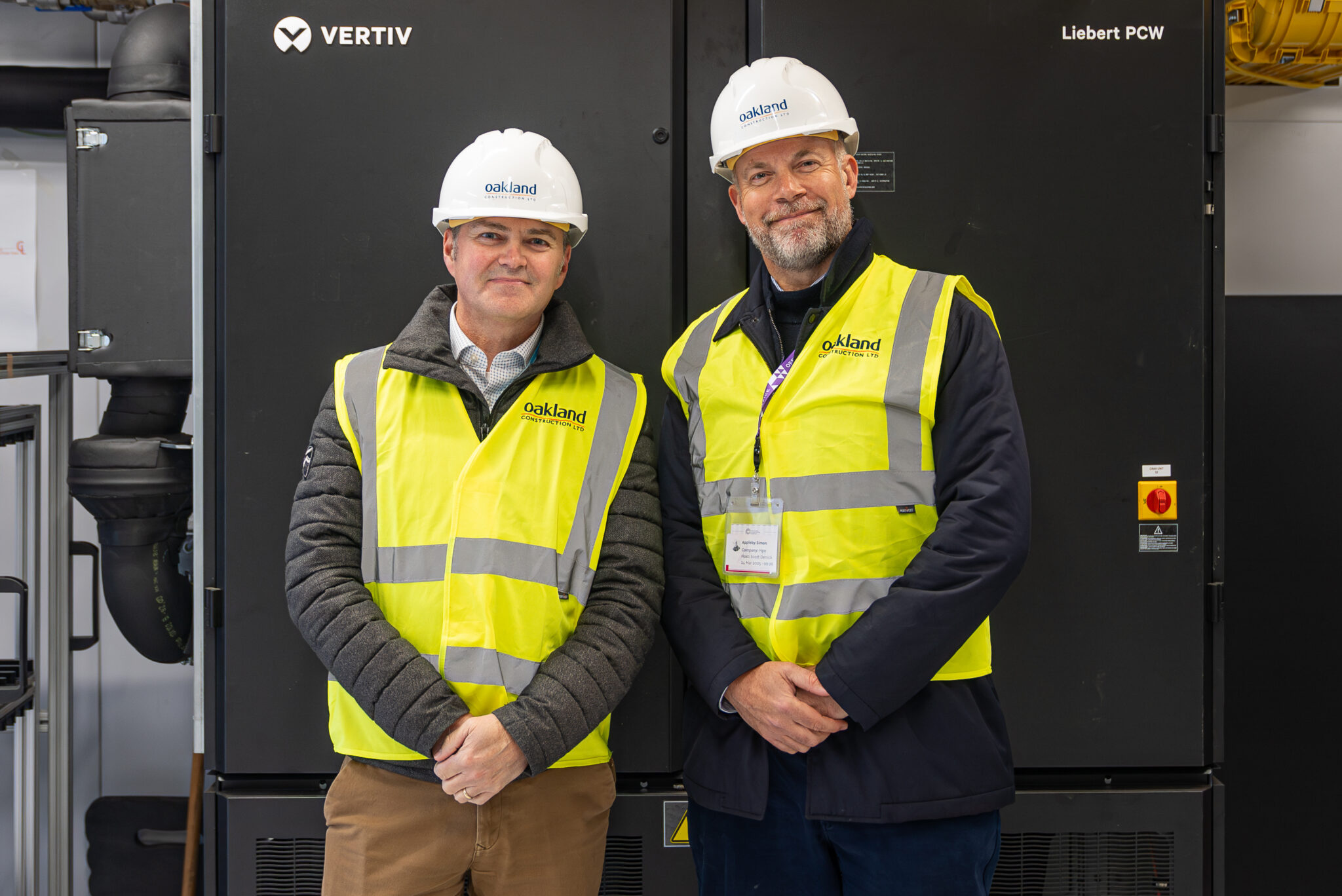
Simon McIntosh-Smith, director of the Bristol Centre for Supercomputing, with Simon Appleby, AI business lead at HPE.

A glimpse into the project’s strategic planning, showing a screen outlining the ambitious goal of installing multiple supercomputers, including Isambard-AI’s phases, within 12 months.
A Turning Point for UK Science
Named after Isambard Kingdom Brunel — the 19th-century engineer who reshaped Britain with railways, bridges and ships — Isambard-AI brings that same scale of ambition to AI research.
And like Brunel’s projects during his era, it moves fast. Having gone from conception to deployment in just under two years, including the construction of the modular data center in 48 hours, the supercomputer is already running live projects aligned with national priorities.
Early flagship projects include:
- Nightingale AI: A sovereign, multimodal health foundation model trained on National Health Service (NHS) data to support earlier diagnoses and personalized care.
- BritLLM: A U.K.-developed LLM project supporting British languages like Welsh, alongside English, to promote inclusivity and better public service delivery in healthcare, education and public services.
- UCL Cancer Screening AI: Developing the first scalable AI system for prostate cancer detection via MRI, aiming for faster diagnoses and tailored treatments.
- EIMCRYSTAL (University of Liverpool): Using AI to search 68 million chemical combinations to discover greener, more sustainable industrial materials — reducing reliance on rare or toxic inputs.
- EgoAI (University of Bristol): Using AI to analyze recordings from wearable cameras and other smart devices to help people perform tasks better at home. This holds immense promise for assisting dementia patients in the future.
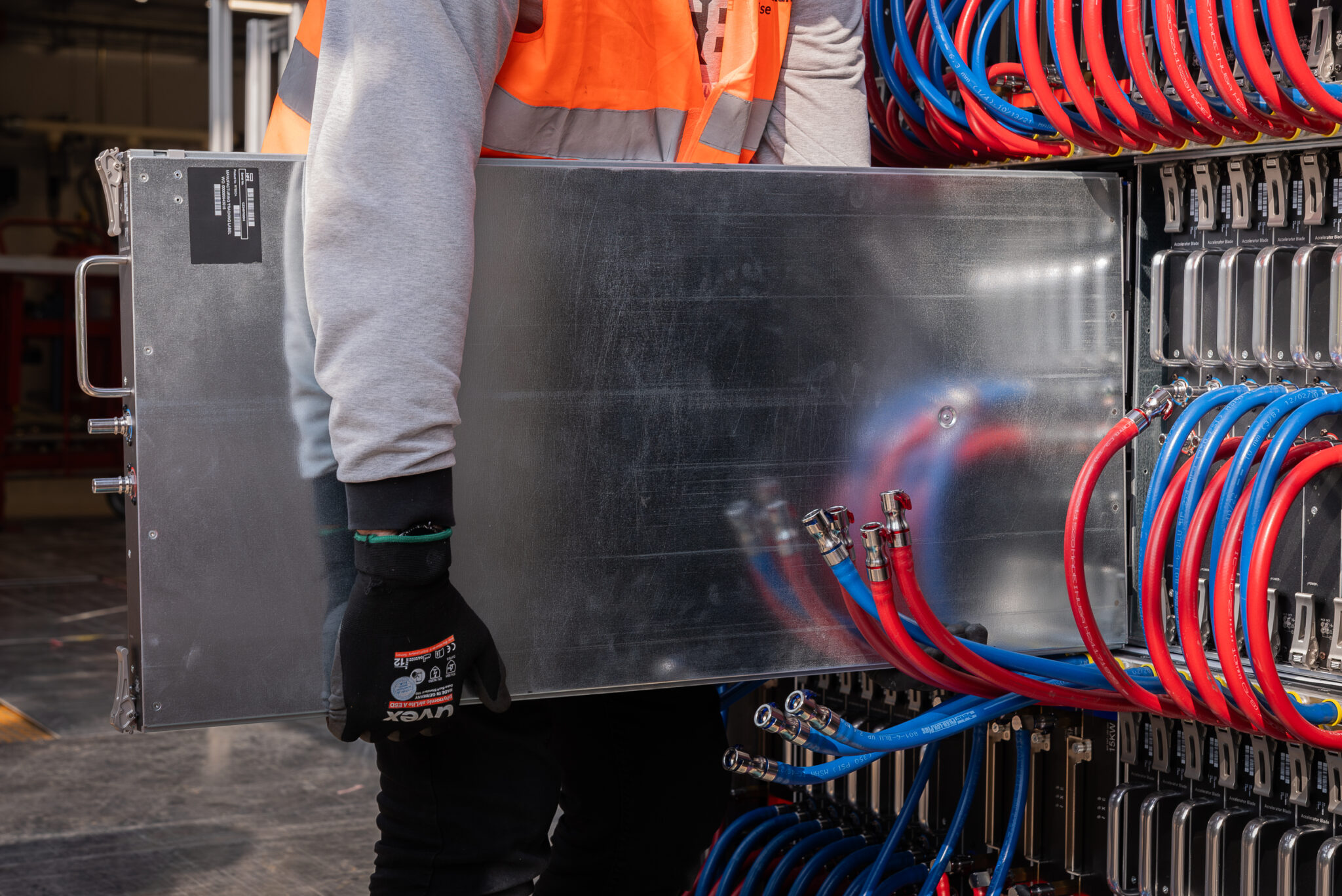
A technician carefully installs a server blade equipped with direct liquid cooling, demonstrating the hands-on precision involved in assembling Isambard-AI’s advanced computing infrastructure.
Built Fast, Built Smart
How do you build a supercomputer in half the usual time?
“We treated the project like a high-performance processor,” said Simon McIntosh-Smith, director at BriCS. “We executed everything in parallel.”
Key to this speed:
- Parallelized project management
- Early procurement of critical hardware, particularly GPUs
- Prefabricated modular data halls shipped in and assembled in days
- Relentless optimization of delivery timelines
- Ground broke in June 2024. By June 2025, the full 5-megawatt system was live: built, tested and running at a global scale.

A close-up of the intricate network of liquid-cooling pipes, a crucial component of Isambard-AI’s world-class energy efficiency and ability to pack 440 GPUs per cabinet.
World-Class Efficiency
Isambard-AI is not just fast — it’s green.
- Ranked fourth globally on the Green500 list
- Powered by NVIDIA GH200 Superchips, among the most efficient chips available
- Direct liquid-cooling architecture from HPE packs 440 GPUs per cabinet
- Hybrid cooling towers enable >90% dry, waterless operation
- Entirely powered by zero-carbon electricity
- Engineered with the potential to recycle waste heat
- Overall power usage effectiveness below 1.1, among the best ever achieved
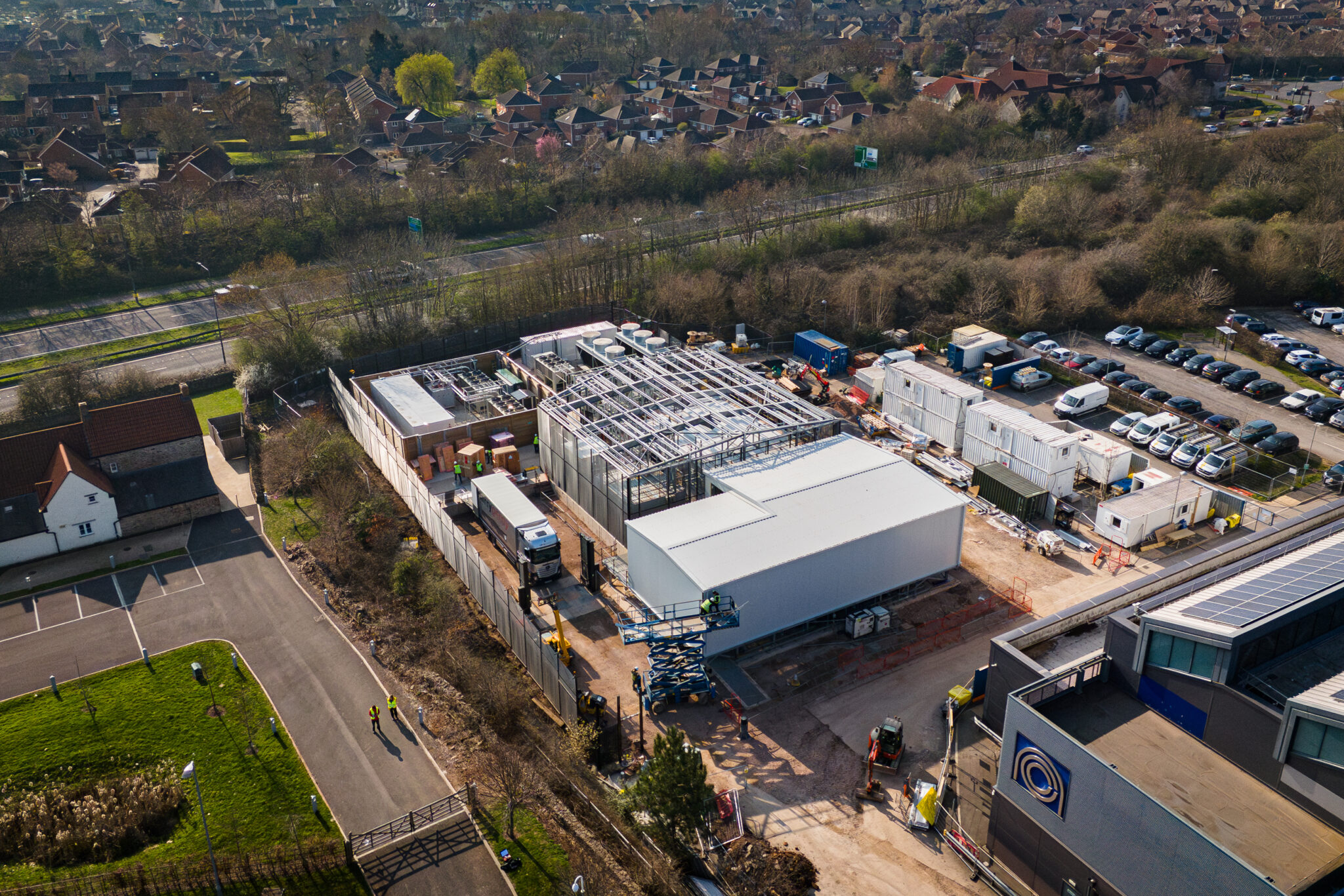
An aerial view of the Isambard-AI construction site, illustrating the scale of the modular data center build and the rapid progress made in creating the U.K.’s most powerful AI supercomputer.
A National Asset
Access will be managed by the U.K. Department for Science, Innovation, and Technology and U.K. Research and Innovation, with an emphasis on aligning usage with national priorities, enabling smaller institutions and startups, and supporting both research and commercial innovation.
The U.K. now has an AI infrastructure asset that matches its ambitions, not just for headline moments but for deep, lasting national impact.
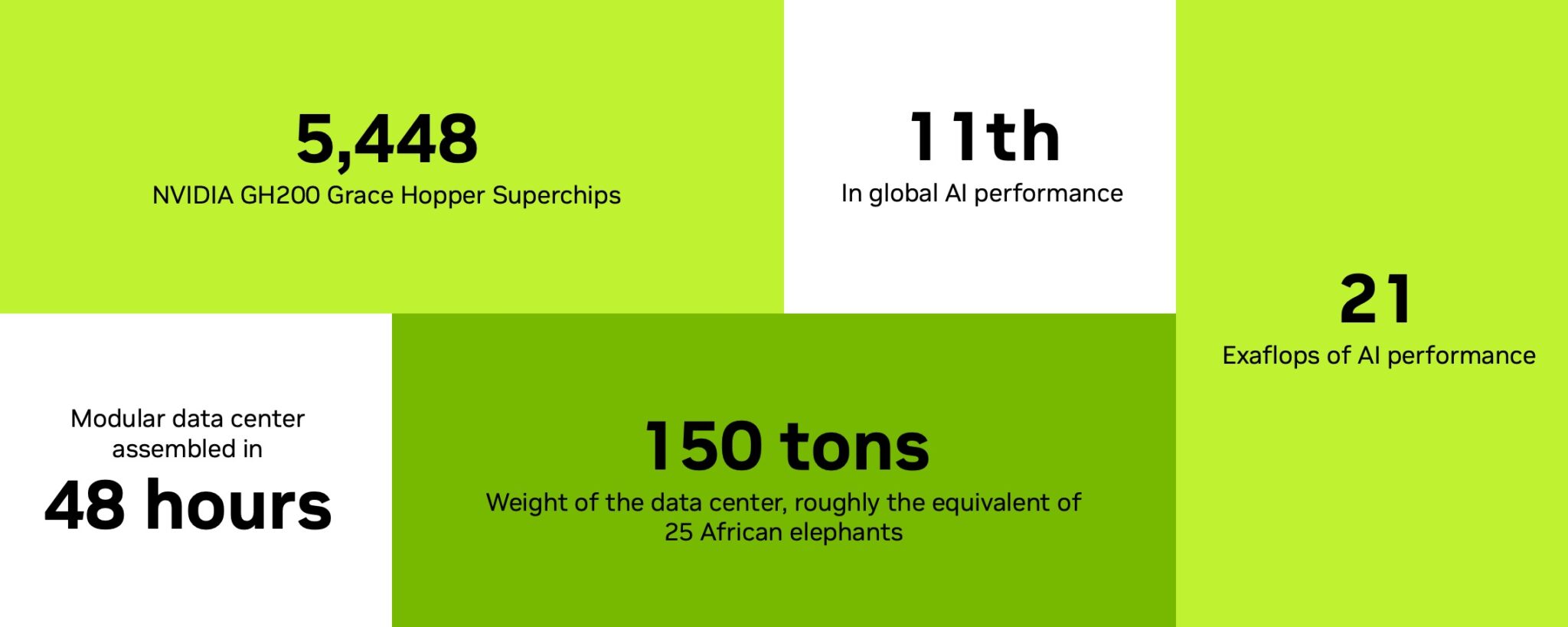
The UK’s AI Playbook: Infrastructure, Investment, Acceleration
The launch of Isambard-AI marks a big leap for the U.K., one part of a broader, coordinated push to put Britain at the forefront of AI.
From supercomputers to skills programs, Britain is building the tools to lead in AI — on its own terms.
Images and video courtesy of the Bristol Centre for Supercomputing.



